How to Start Farming Neon Tetra Fish for Business Purposes?
Are you passionate about fish but unsure how to turn that love into a profitable venture? The path from hobbyist to business owner can seem daunting, filled with risks and uncertainty.
To start a neon tetra farming business, you need to create a specific breeding environment with soft, acidic water. It involves conditioning adult fish, managing the egg-laying process, and carefully raising the delicate fry. It’s a detailed process but offers a strong potential for profit.
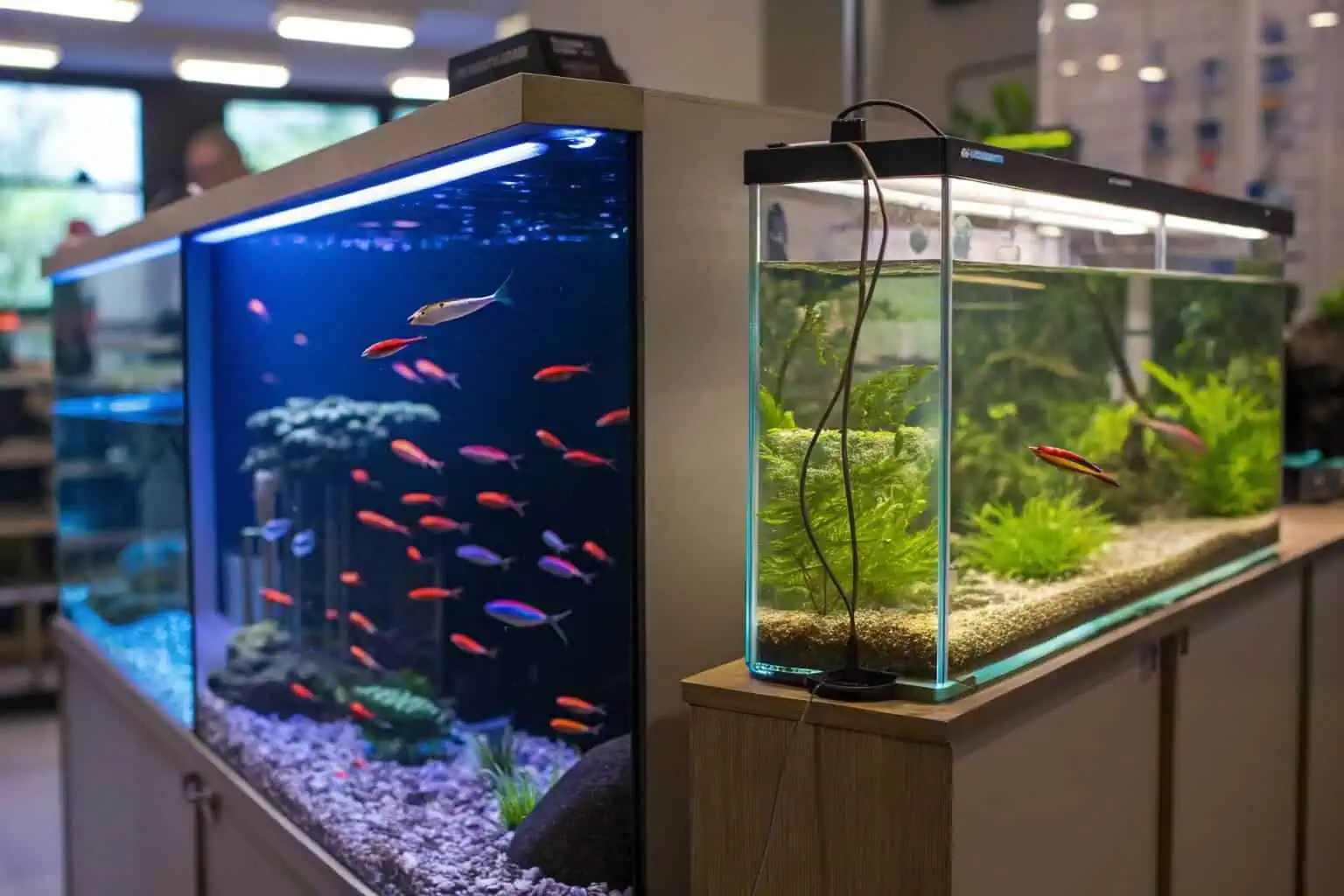
I remember looking at my own aquarium, mesmerized by the flash of blue and red from my neon tetras. The thought of turning this beautiful sight into a business was exciting, but also a little scary. I knew they were popular, a constant bestseller in every pet store, but I didn't know where to begin. It felt like a huge leap from just keeping fish to actually producing them for sale. That initial curiosity sent me down a rabbit hole of research, starting with a very basic question: out of all the fish in the world, which one should I even choose?
Which aquarium fish is best for business?
Feeling overwhelmed by the countless fish species you could raise for profit? Choosing the wrong one can lead to low sales, breeding difficulties, and a failed business venture before it even starts.
The best fish for business, like neon tetras, strike a balance between high market demand and a manageable breeding process. While some fish are easier to breed, they often fetch lower prices. Neon tetras offer higher profitability for those who can master their specific needs.
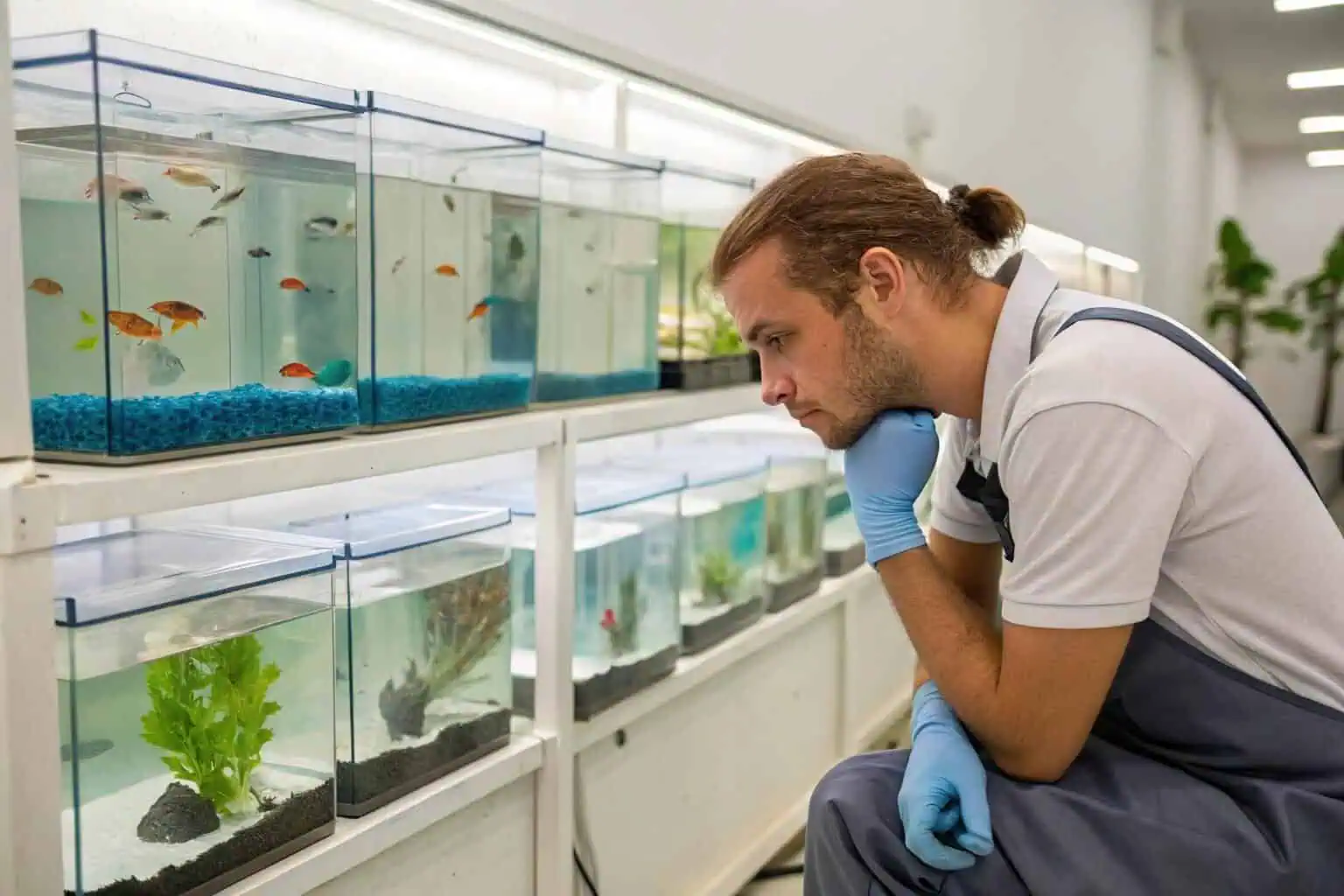
When I first started, I had to figure out where the real opportunity was. It's a classic trade-off. You have fish on one end of the spectrum, like guppies, that breed so easily you can't stop them. But because they're so common, their price is low. On the other end, you have exotic species that sell for a lot of money but are incredibly difficult to breed. I realized the sweet spot was somewhere in the middle. Neon tetras1 are perfect because everyone wants them. They are a staple of the aquarium hobby2. Their breeding process requires attention to detail, but it's not impossible. It's a challenge that, if you can overcome it, has a real reward waiting for you. I made a small table to compare my options.
High-Demand vs. Easy-to-Breed
Your business model depends on what you choose. Easy-to-breed fish3 like guppies and mollies ensure a constant supply but with minimal profit per fish. High-value fish like Discus can be lucrative, but the learning curve is steep and costly.
Why Neon Tetras Hit the Sweet Spot
Neon tetras are always in demand. Their vibrant colors make them a favorite for community tanks. This steady demand means you'll always have buyers. While they require more effort than guppies, the process is well-documented and achievable, offering a better return on your effort.
| Feature | Guppies | Bettas | Neon Tetras |
|---|---|---|---|
| Breeding Difficulty4 | Very Easy | Moderate | Moderate-Hard |
| Market Demand | Medium | High | Very High |
| Price Point | Low | Medium | Medium |
| Profit Potential5 | Low | Medium | High |
How long does it take for neon tetras to lay eggs?
Are you waiting impatiently for your fish to breed, checking the tank every day with no results? This waiting period can be frustrating, making you question everything about your setup and your fish.
Once you place a well-conditioned pair of neon tetras into a proper breeding tank, they will typically lay their eggs within 24 hours, usually in the early morning. The eggs themselves will then hatch in another 24 to 36 hours.
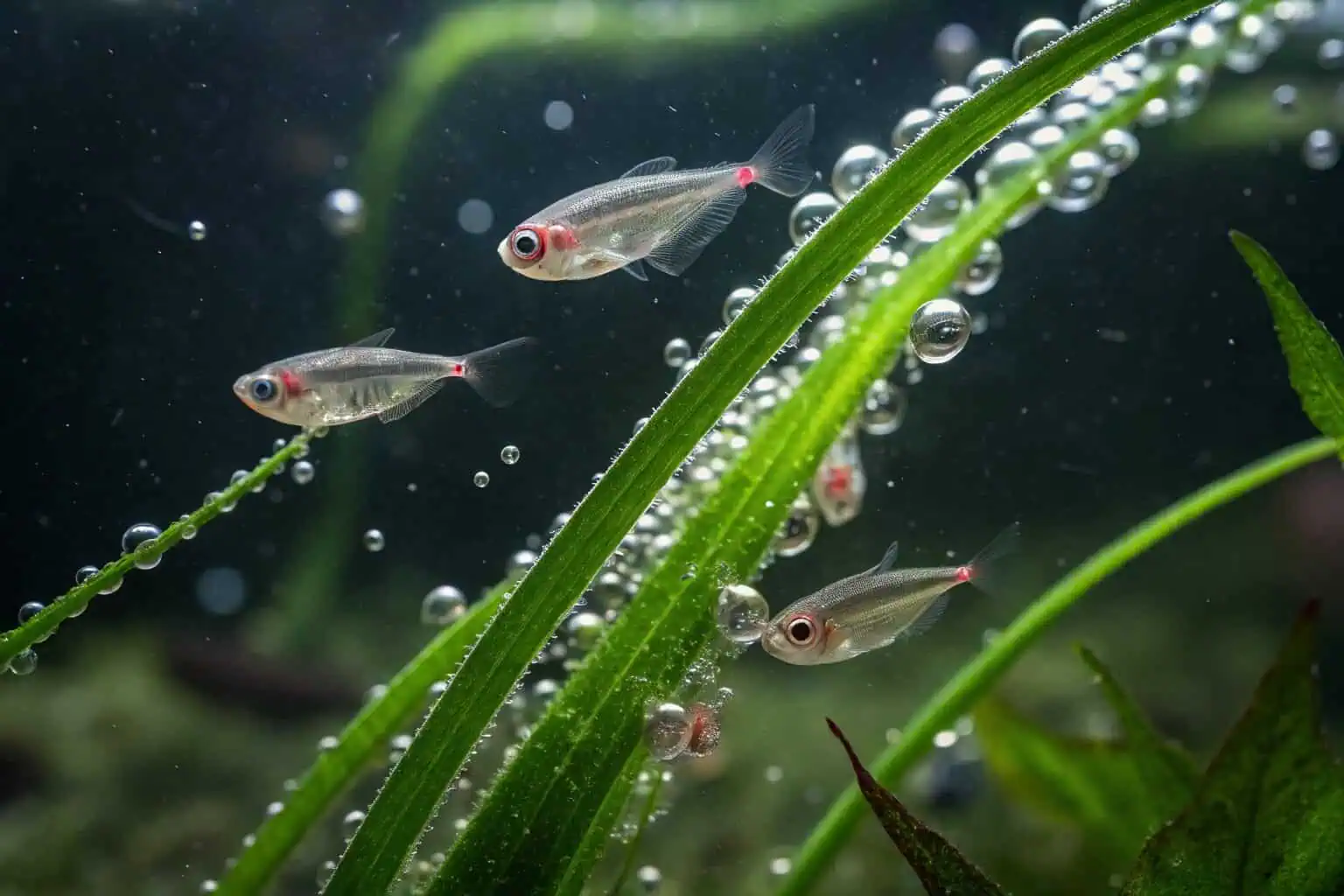
I learned that timing is everything, but you have to create the right conditions first. You can't just put two fish together and hope for the best. The preparation phase, known as conditioning6, is the most important part. I separate the males and females for about two weeks and feed them the best food I can find, like live brine shrimp and daphnia. This gets the female full of eggs and the male ready to spawn. Once they are conditioned, I move them into a special breeding tank. This tank is set up to mimic their natural spawning grounds. The water is very soft and acidic, and I keep the lights dim. I usually add a spawning mop7, which is just a bundle of yarn, to give them a place to lay their sticky eggs. Once everything is perfect, nature usually takes its course very quickly.
Conditioning the Breeding Pair
This is a non-negotiable step. For about two weeks, feed your chosen pair high-protein live or frozen foods8. This process fattens up the female with eggs (roes) and gets the male into breeding condition.
The Spawning Environment
Set up a small, 5 to 10-gallon tank with no gravel. The water must be very soft (1-2 dGH) and acidic (pH 5.5-6.5). I use a mix of reverse osmosis (RO) water and a little tap water. Add a spawning mop or clumps of Java moss9. Keep the tank in a dark, quiet place.
Recognizing Spawning Behavior
When you introduce the pair to the tank in the evening, the male will soon begin chasing the female. They will swim close together, and the female will start scattering her tiny, adhesive eggs10 over the mop or moss. This dance often happens as the sun rises.
How easy is it to breed tetras?
Have you heard that breeding tetras is incredibly difficult? The thought of dealing with complex water chemistry and the high risk of losing the fry can easily discourage you from even trying.
Breeding neon tetras is moderately difficult. The main challenge is getting the water parameters exactly right—it must be very soft and acidic. It is definitely harder than breeding guppies, but it is very achievable for a dedicated person who pays close attention to detail.
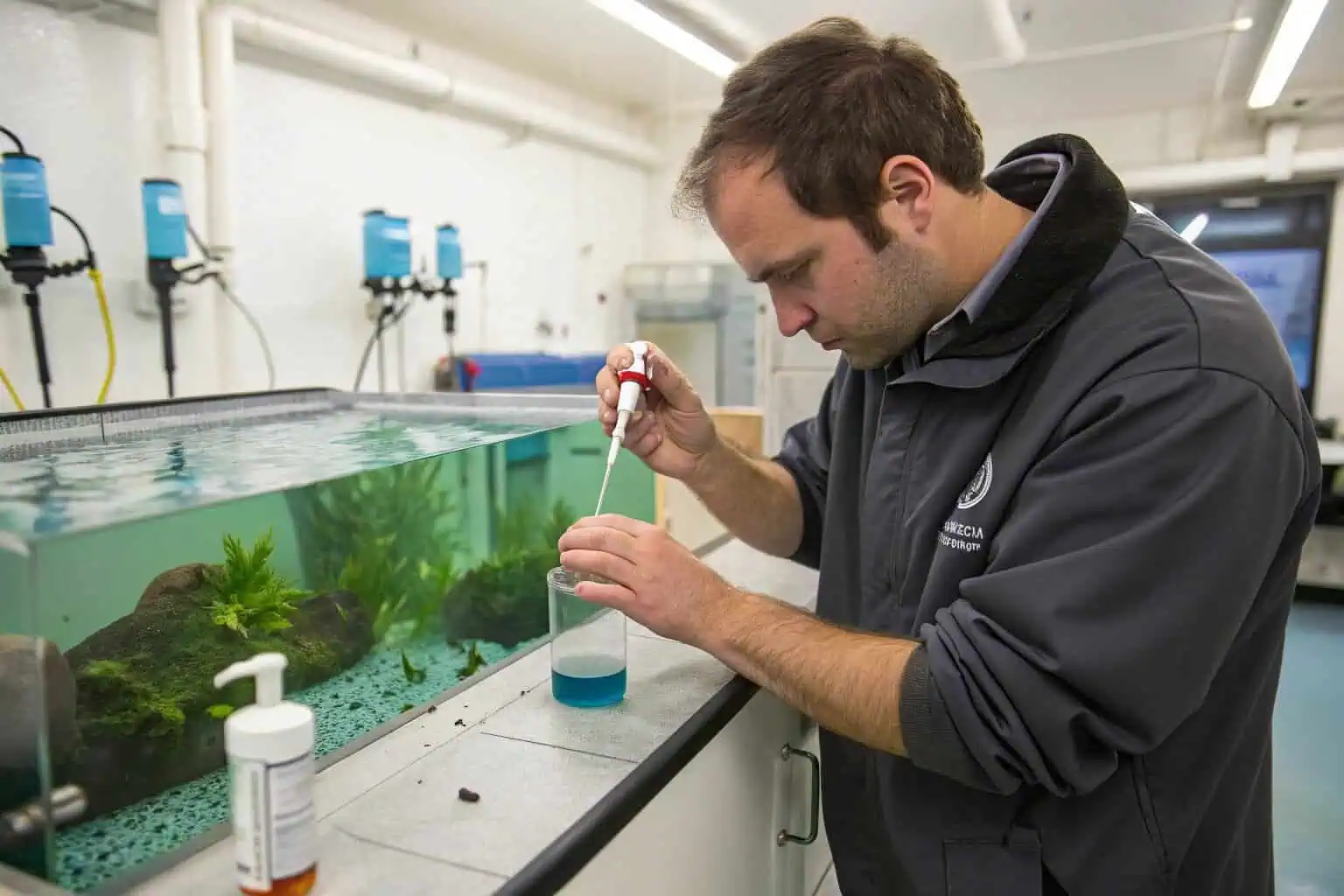
Let's be honest, if it were easy, everyone would do it, and the price of neon tetras11 would be much lower. The difficulty is not in the fish themselves, but in the environment they require. Unlike livebearers that give birth to free-swimming fry in almost any water, tetras are egg-scatterers from regions with very specific water chemistry12. The eggs simply won't be fertilized or develop properly in hard, alkaline water. Another challenge is that the parents will eat their own eggs and fry without a second thought. So, you have to be ready to remove the parents as soon as they are done spawning. It sounds complicated, but it's more of a checklist. If you can tick all the boxes for water, food, and timing, you will succeed.
The Water Chemistry Hurdle
This is the biggest obstacle. Most tap water is too hard for neon tetra eggs. You will likely need to use RO water13 and add minerals back in or mix it with your tap water to get the softness right. I use peat moss in a filter to help lower the pH naturally.
Comparing with Other Fish
Breeding tetras is a hands-on process. Guppies are hands-off; they do all the work. Many cichlids are great parents and will care for their young. Tetras, however, require you to be the parent.
| Fish | Water Sensitivity | Parental Care14 | Fry Rearing15 | Overall Difficulty |
|---|---|---|---|---|
| Guppy | Low | None (Eats Fry) | Easy | Very Easy |
| Angelfish | Medium | Yes | Moderate | Moderate |
| Neon Tetra | Very High | None (Eats Eggs) | Hard | Moderate-Hard |
How to breed neon tetras?
Are you ready to finally try breeding your own neon tetras? Without a clear, step-by-step guide, you could end up making simple mistakes that lead to failure and frustration.
To breed neon tetras, start by conditioning a pair with live foods. Move them to a dark breeding tank with soft, acidic water and a spawning mop. After they lay eggs, remove the parents immediately. Keep the tank dark until the eggs hatch.
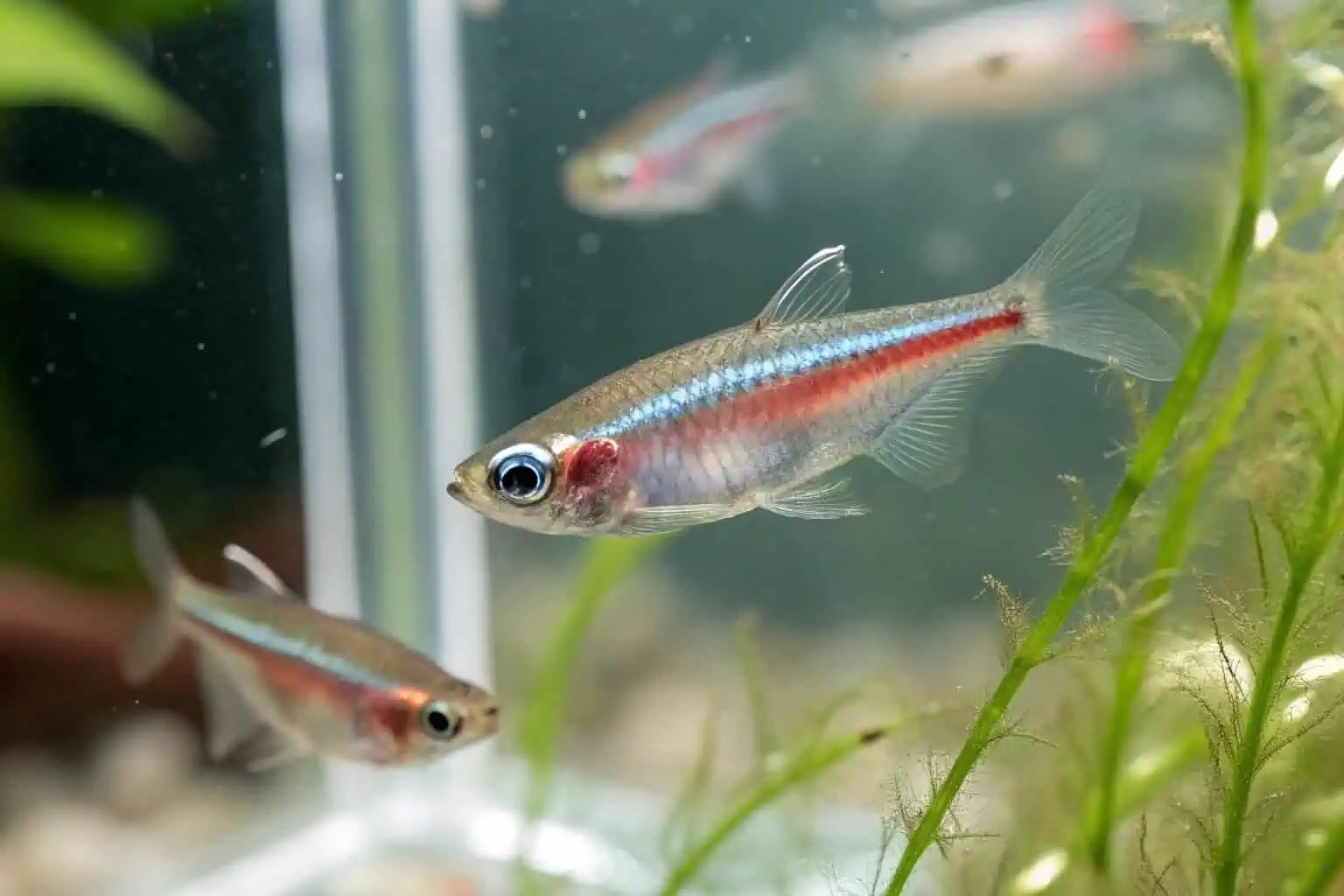
I've refined my process over time, and I'll share my exact steps. It’s a repeatable formula. The key is to control every variable, from the water to the lighting to the food. The first few times I tried, I failed because I missed one small detail. But once you get it right, you can replicate it over and over. The most magical moment is seeing those tiny, almost invisible fry wriggling in the tank. It's a sign that you've successfully recreated the conditions of their natural habitat16. From there, the challenge shifts to feeding them17, as their mouths are too small for most commercially available foods. It's a delicate process, but incredibly rewarding.
Step 1: The Setup
Prepare a 5-10 gallon bare-bottom tank. Fill it with water that has a pH of 5.5-6.5 and a hardness of 1-2 dGH. Maintain a temperature of around 75°F (24°C). Add a spawning mop18 and keep the tank dimly lit or covered.
Step 2: Spawning and Egg Care
Introduce your conditioned pair in the evening. By the next morning, they should have spawned. You'll see tiny, clear eggs stuck to the mop. Remove the parents immediately. Cover the tank completely to keep it dark, as the eggs are very sensitive to light19.
Step 3: Raising the Fry
The eggs will hatch in about 24-36 hours. The fry will be tiny slivers, first feeding on their yolk sacs. After 2-3 days, they will become free-swimming. At this point, you must feed them. Start with infusoria or liquid fry food. After a few days, they will be large enough to eat newly hatched baby brine shrimp20. This is the key to fast growth.
Conclusion
Starting a neon tetra business is a rewarding journey. With careful planning, precise control over water conditions, and a good strategy, you can successfully turn your passion into a profitable business.
-
Explore this link to discover expert tips and techniques for successfully breeding Neon tetras, ensuring a rewarding experience. ↩
-
Check out this resource to stay updated on the latest trends and innovations in the aquarium hobby, enhancing your knowledge and enjoyment. ↩
-
Discover the advantages of breeding easy-to-care-for fish, which can provide a steady income with less investment. ↩
-
Understanding breeding difficulties can help you choose the right fish for your aquarium. ↩
-
Exploring profit potential strategies can enhance your fish breeding business. ↩
-
Understanding conditioning can enhance your fish breeding success by ensuring optimal health and readiness for spawning. ↩
-
Learn how to effectively use a spawning mop to create the ideal environment for your fish to lay eggs. ↩
-
Discover how high-protein diets can enhance fish breeding success and overall health. ↩
-
Discover why Java moss is a popular choice for aquarists and how it can improve your tank's ecosystem. ↩
-
Understanding adhesive eggs is crucial for successful fish breeding, as it impacts the survival of the fry. ↩
-
Explore expert care tips for neon tetras to ensure a thriving aquarium environment and successful breeding. ↩
-
Understanding water chemistry is crucial for fish breeding success; this resource will deepen your knowledge. ↩
-
Understanding RO water is crucial for maintaining optimal conditions for neon tetra eggs, ensuring their successful hatching. ↩
-
Understanding parental care in fish can enhance breeding success and fry survival. ↩
-
Learning about fry rearing techniques is crucial for ensuring healthy growth and development of young fish. ↩
-
Understanding how to recreate a fish's natural habitat is crucial for their health and growth. Explore this link for expert insights. ↩
-
Feeding tiny fish fry can be challenging. Discover the best food options to ensure their healthy growth and development. ↩
-
Learn how to effectively use a spawning mop to encourage breeding in your aquarium. ↩
-
Learning about the sensitivity of fish eggs to light can help you create a better breeding environment. ↩
-
Discover how newly hatched baby brine shrimp can significantly enhance the growth and health of your fish fry. ↩